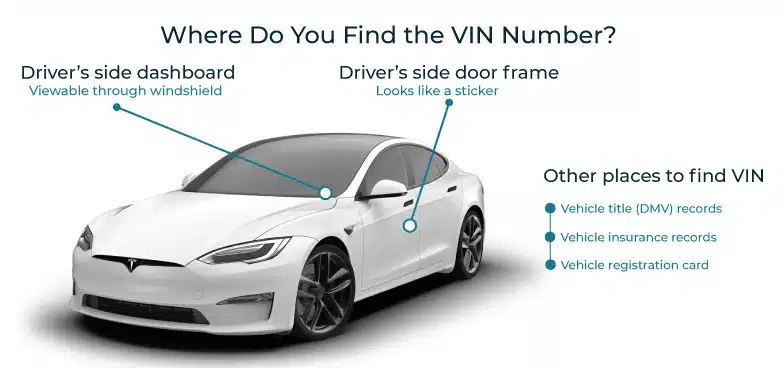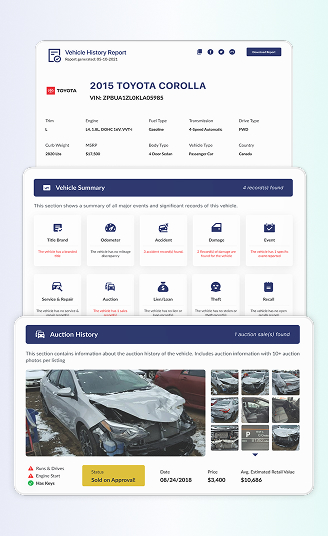
Toyota Recall Check
Even the most reliable Toyota can face recalls. Detailed Vehicle History makes it easy to stay informed with our Toyota Recall Check. Enter your VIN and instantly see if a vehicle needs attention. Stay safe, protect your investment, and keep your Toyota running like new.
What is a Toyota Recall?
Toyota is known for its durability, but even reliable brands may issue recalls. So, what is a Toyota recall? It occurs when Toyota identifies a safety issue (such as display screens going blank or defrosters failing) and provides a fix at no cost to the owner. Conducting a Toyota recall check can help protect you, your family, and your peace of mind.
Why You Should Check the Toyota Recall History?
Checking for Toyota recalls is essential for used car buyers to ensure safety and avoid potential vehicle issues. It identifies any outstanding recalls or defects that need manufacturer attention. This ensures compliance with safety standards and optimal performance, which is crucial when purchasing a used Toyota car. Here are the key reasons to check for Toyota’s recall history:
1. Avoid Unsafe Toyota
Every vehicle must meet rules that keep drivers and passengers safe. If Toyota finds something dangerous, such as a part that fails or a system that doesn’t work right, they issue a recall. With a Toyota Recall Check, you can find out if your car has any of those problems and fix them without cost.
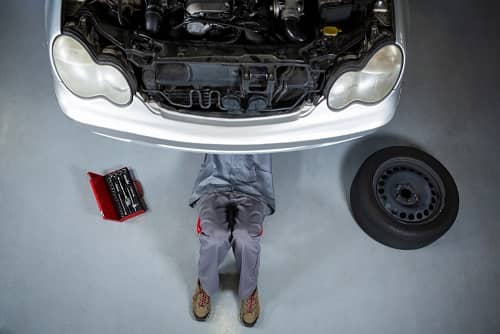

2. Compliance
Checking a Toyota’s recall history is essential for safety and compliance. Manufacturers must fix defects for free, so staying proactive helps you avoid legal liability, protect resale value, and prevent insurance complications while keeping you and your passengers safe.
Check Common Safety-Related Issues
A Toyota Recall Check helps you spot safety problems before they become dangerous. Safety issues include faulty seatbelts, broken lights, bad airbags, and leaky brake fluid. These aren’t just car troubles! They can put people at risk. A Toyota recall check keeps you safe, compliant, and confident every time you drive.

How to Run Toyota Recalls
Get the Toyota recalls report in under a minute by following these simple steps below.

Locate Your Toyota VIN
You will need your Toyota VIN. You can find it on the driver’s side windshield plate, the door jamb sticker, or in your registration and insurance papers. Our lookup works for all Toyota models, including hybrids and EVs.
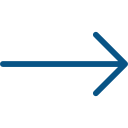

Fill in the Form
Begin by entering your Toyota VIN into the form above. No VIN? Just use your license plate number and let us search for you.


Receive Your Toyota Recall Report
Within seconds, Detailed Vehicle History will provide a recall report so you can schedule repairs and drive with confidence.
What is on the Toyota Recall Check?
Each Detailed Vehicle History report highlights when the recall was issued, the parts or systems involved, and the repair Toyota provides. You’ll know exactly what to do next and where to get it done. Keeping your Toyota reliable and road-ready. For a full explanation, see the details below:
Here’s what you will find with a Kia recall check:
- Date of recalls: Shows when Toyota or the National Highway Traffic Safety Administration (NHTSA) issued the recall, so you know how urgent it is.
- Affected Component: Shows the exact Toyota component under recall, making the technical details clear for any driver to understand.
- Remedy: Outlines Toyota’s commitment to fix the defect free of charge, giving you confidence that the manufacturer stands behind your vehicle’s safety.
- Next step for the affected Toyota: Verify if your Toyota is part of the recall. Use our Vehicle Report to see all recall history and stay compliant while protecting your car’s value and safety.
A Toyota vehicle history report also includes lien/loan records, ownership history, repair cost estimates, accident records, and more. For more insight, here’s the full breakdown:
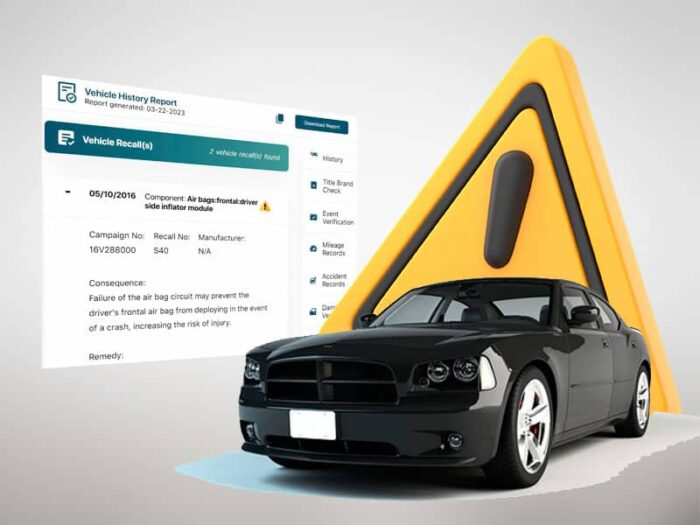
Lien/Loan Records
See if your Toyota still has an unpaid loan or lien. This helps you avoid legal or financial headaches and ensures you’ll get full ownership after purchase.
Ownership History
View your Toyota’s past owners, ownership length, and locations in one place. This information builds trust in your vehicle’s story and helps confirm if it was well cared for.
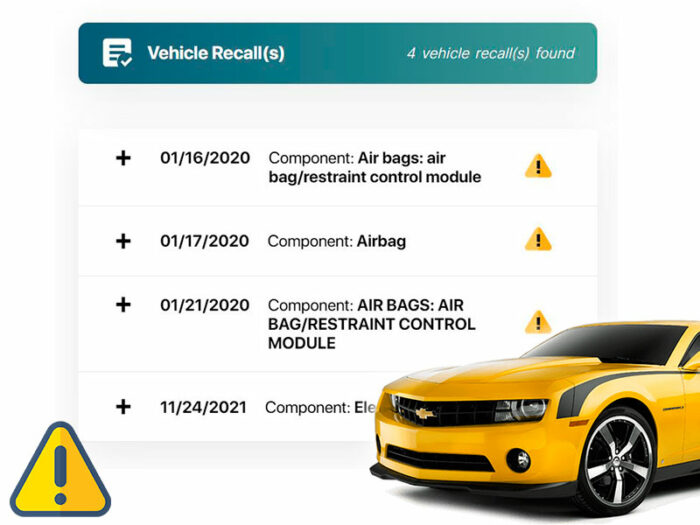

Repair Cost Estimates
Check what repairs your Toyota might need and how much they could cost. These estimates prepare you for safe driving and better long-term budgeting.
Accident Records
See if your Toyota has been in any accidents or suffered damage, from minor dents to major incidents. Knowing this helps you avoid hidden problems and negotiate a fair price.

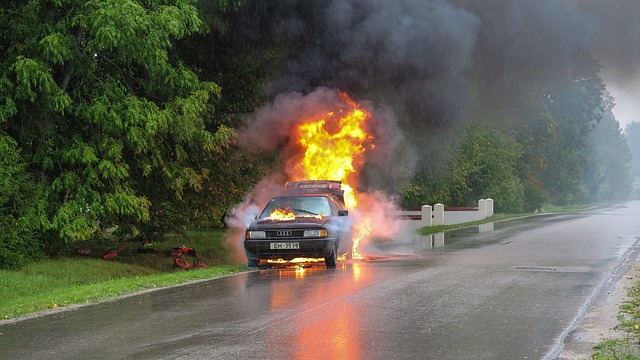
Title Brand Check
Check if your Toyota carries a salvage, flood, or other branded title. This protects you from buying vehicles with severe past damage that could affect safety, value, and insurance coverage.
Auction History
View when and where your Toyota was auctioned, what it sold for, and see photos of its condition. This transparency helps you buy with confidence and avoid surprises.
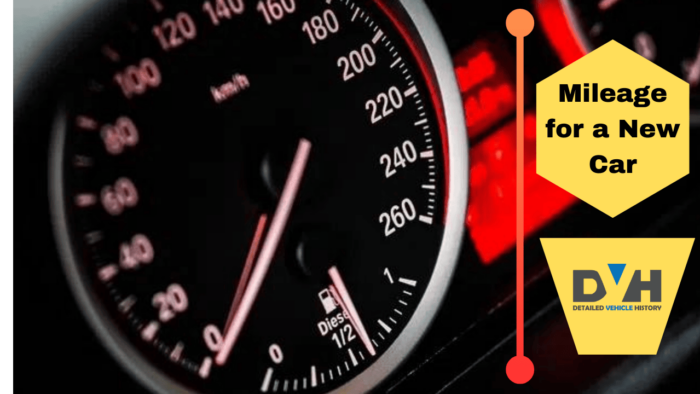
Common Issues Leading to the Toyota Recall
Toyota vehicles may be recalled when something could risk safety or break the rules. Issues typically fall into power & movement, airbag safety (Takata), seeing/being seen (defroster, reverse lights, displays), speed/acceleration history, and compliance labels.
Powertrain & Propulsion Failures
The engine can stall or lose power
An engine stall or loss of power led to a major Toyota recall filed in May 2024. Certain 2022–2023 Tundra and 2022–2023 Lexus LX600 with V35A engines. Machining debris can cling to main bearings, causing knocking, rough running, no start, or sudden loss of motive power. Toyota’s remedy is full engine replacement at no cost.
Hybrid/EV can shut off
Toyota hybrids were recalled due to reports of sudden power loss. The first recall occurred in October 2018, affecting the 2010–2014 Prius and the 2012–2014 Prius v, as the failsafe mode might not engage. The second recall took place in June 2020 for the 2013–2015 Prius and the 2014–2017 Prius v, involving a risk of inverter and integrated power module (IPM) shutdown.
Airbag Issues
Takata Airbag
In January 2024, Toyota advised owners of 2003-2004 Corolla/Matrix and 2004-2005 RAV4 vehicles to stop driving them due to the risk of Takata airbag inflator ruptures. Takata airbags contain ammonium nitrate, which can degrade in heat and humidity, potentially causing an explosion upon deployment. To verify eligibility and schedule complimentary service, use the Toyota Recall Check tool.
Visibility and Warnings
Windshield won’t defog/defrost
In September 2025, Toyota announced a recall for the 2023–2025 bZ4X and Lexus RZ models (including the Subaru Solterra) due to a software issue with the heating, ventilation, and air conditioning (HVAC) system. This fault could cause the heat to shut off when there is a problem with the compressor, which may result in the windshield becoming fogged or iced.
Dealers will provide an update for the HVAC control unit and will inspect or replace the compressor at no cost to the owners. Letters to vehicle owners are expected to be sent out by late October 2025.
Dashboard goes blank
In September 2025, Toyota recalled about 591,000 vehicles because the 12.3-inch instrument panel can start up blank. Models affected include the Venza, Crown/Signia, RAV4, GR Corolla, 4Runner, Camry, Grand Highlander, Tacoma, Highlander, and Lexus LS/RX/TX. For the remedy, dealers will reprogram or replace the cluster at no cost
The reverse lights don’t turn on
If your 2022–2025 Toyota Tundra or Tundra Hybrid has reverse lights that are not functioning, it may be part of Toyota’s recall issued in May 2025.
The company recalled over 440,000 units of these models because moisture can enter the reverse lamp assemblies, leading to corrosion of the electronics, which can prevent the reverse lights from turning on. Dealers will replace both lamps and repair the harnesses at no charge to you. Verify via Toyota Recall Check and schedule the fix.
Screens/cameras glitch
Screens matter. In March 2024, Toyota and Lexus recalled approximately 19,000 vehicles, including the 2023 Lexus LS, the 2023–2024 ES, the 2024 LC, and the 2023 Toyota Mirai. The reason for the recall was that parking-assist ECU programming could delay the rearview image beyond the required time. Dealers will install a free software update.
Vehicle control history
Pedal or floor-mat problems
Pedal or floor-mat problems triggered the Toyota Recall in two waves. First in October 2009, affecting around 3.8M vehicles for floor-mat pedal entrapment, and the second one in January 2010 due to sticky accelerator. Fixes included reshaped pedals, revised carpeting/retention, and brake-override software.
Other Notable Issues
Wrong weight/load sticker
The door-sill sticker tells you how much weight your Toyota can safely carry. In August.2024, Toyota (GST region) found that those labels were wrong on over 33,000 vehicles across 22 models (2023–2025).
Bad stickers can lead drivers to overload the vehicle, raising crash risk.. Dealers will replace the sticker at no charge. Start with a Toyota Recall Check to see if your Toyota is included.
Understanding the Toyota Recall Process
When safety problems are reported, NHTSA investigates and works with Toyota to confirm defects. If necessary, a recall is launched so owners can get repairs at no cost. See the steps of their process below:
1. Report the Problem
Your voice matters. If something feels unsafe, document it and report it to NHTSA. Your report can trigger investigations. Next, use Toyota Recall Check to see active actions and book free repairs through a Toyota dealer when listed.
2. Investigation
Your safety matters. NHTSA investigates every reported defect carefully. If a risk is confirmed, Toyota must recall and repair the issue free of charge.
- Screening: Screening is the first step of the Toyota Recall Process. NHTSA checks if multiple reports point to the same defect. When patterns show danger, they open a full investigation and notify Toyota owners.
- Analysis: Analysis digs deeper after screening. NHTSA experts evaluate engineering reports, warranty data, and field inspections to decide if a defect could cause harm.
- Investigate the Issues: NHTSA’s investigation ensures your Toyota stays safe. They confirm potential defects and, when needed, require Toyota to recall affected vehicles.
- Recall Management: Once a recall begins, NHTSA oversees Toyota’s communication, confirms owners are informed, and measures how many vehicles are fixed, pushing for full compliance and public safety.
3. Recalls
A Toyota recall is issued when Toyota or NHTSA finds a safety issue or a part that doesn’t meet federal standards. Toyota must notify owners and offer a free fix (repair, replacement, or refund). Checking for open recalls with a Toyota Recall Check keeps your vehicle compliant, safe, and ready for the road.
How Toyota Vehicle Recalls Are Handled
When a safety defect is found in a Toyota, three groups get involved: Toyota, NHTSA, and you, the owner. Toyota investigates and announces the recall, NHTSA monitors compliance, and you schedule a free repair. Together, these steps make sure every affected Toyota is fixed and back on the road safely.
Manufacturer’s Role
In the Toyota Recall process, the automaker designs the fix, secures parts, and instructs dealers to repair vehicles safely. Toyota then mails or emails notices, tracks repair rates, and submits completion reports to NHTSA.
NHTSA’s Role
NHTSA’s role begins with analyzing crash reports and complaints. If a trend points to danger, they demand a fix from Toyota, oversee how owners are notified, and measure repair completion until safety is restored.
Your Role as the Vehicle Owner
If something seems unsafe, act. Document the problem, run a Toyota Recall Check, and report it to NHTSA. Until repaired, follow Toyota’s interim guidance. Repairs are free; timely action protects your family and your vehicle’s value.
Get the Toyota Window Sticker by VIN
After your Toyota Recall Check, upgrade to a Toyota Window Sticker by VIN. The window sticker shows detailed factory specs, trim, original MSRP, packages, colors, safety equipment, fuel economy, and warranty details.
Verify seller claims, confirm features, and negotiate confidently. It complements your recall report, helping you judge value, spot missing options, and protect your investment. Available for many Toyota models, classic or current, through Detailed Vehicle History.

Why Use Detailed Vehicle History to Check Toyota Recall?
Make one search do it all! Our Toyota Recall Check pairs safety findings (what’s recalled, when, and why) with the full story of the Toyota, including title brands, loans/liens, ownership records, auction/sales history with images, mileage logs, and accident records.
Clear, connected data helps you negotiate fairly, avoid risky vehicles, and schedule the right repairs fast.
Recall Check For Others Manufacturers
FAQ about Toyota Recall Check
Q. Do Toyota recalls expire or have a deadline?
Toyota safety recalls do not expire and are valid for the vehicle’s lifetime, though parts may become unavailable for older recalls. However, Limited Service Campaigns do have expiration dates, so it’s important to check a specific recall’s status using the VIN.
Q. Can I drive my Toyota with an open recall?
You can drive your Toyota with an open recall unless it specifically advises you to stop. Most recalls are advisory, allowing you to schedule a free repair while continuing to use your car. However, if the recall is a “stop-drive” notice, you must not operate the vehicle until it’s repaired.
Q. Are there special rules for “Do not Drive” Toyota recalls?
Toyota issues “Do Not Drive” recalls come with specific rules and special provisions due to defects that can be dangerous, and could lead to life-threatening situations, such as a Takata airbag inflator that might explode.
Q. Will a Toyota recall affect my warranty, insurance, or resale value?
A Toyota recall will not affect your warranty or insurance, as these are the manufacturer’s responsibilities, but an unresolved recall can decrease your vehicle’s resale value because it raises safety concerns for potential buyers. Act quickly to get recalls fixed to protect your vehicle’s health and value, as the manufacturer covers the cost of the repairs.
Q. How long does a Toyota recall repair usually take?
A Toyota recall repair can take less than an hour for simple issues or several days for more complex ones. Run a Toyota recall check, and call your nearest authorized dealer or their website for specific times, as delays may occur.
Q. Do I have to go to a Toyota dealer, or can any shop do recall work?
You should go to a Toyota dealer. Recall repairs are performed by the manufacturer’s authorized network and recorded against your VIN so the campaign closes properly. Independent shops generally can’t claim reimbursement or update Toyota’s system.
Q. What should I bring to a Toyota recall appointment?
Please bring the following items to your appointment:
- Your Vehicle Identification Number (VIN) and recall notice
- A photo ID
- Vehicle registration and insurance documents
- Appointment confirmation
Additionally, if you have service records, any invoices for related repairs, a list of aftermarket modifications, and all keys or key fobs, please include those as well.
For used car owners, please bring:
- Your title or bill of sale
- Vehicle registration
- Updated contact information
- Results from your Toyota Recall Check
- Any service history and photos of any symptoms you’re experiencing
If you’ve moved recently, please bring proof of your new address so Toyota can update its records and send you any future notices.
Q. What if parts aren’t available yet for my Toyota recall?
Run a Toyota Recall Check by VIN. If your status shows “Remedy Not Yet Available/Interim,” ask a Toyota dealer to add you to their parts waitlist, and keep your contact info current. Recheck your VIN weekly so you can book the free repair the moment parts land

